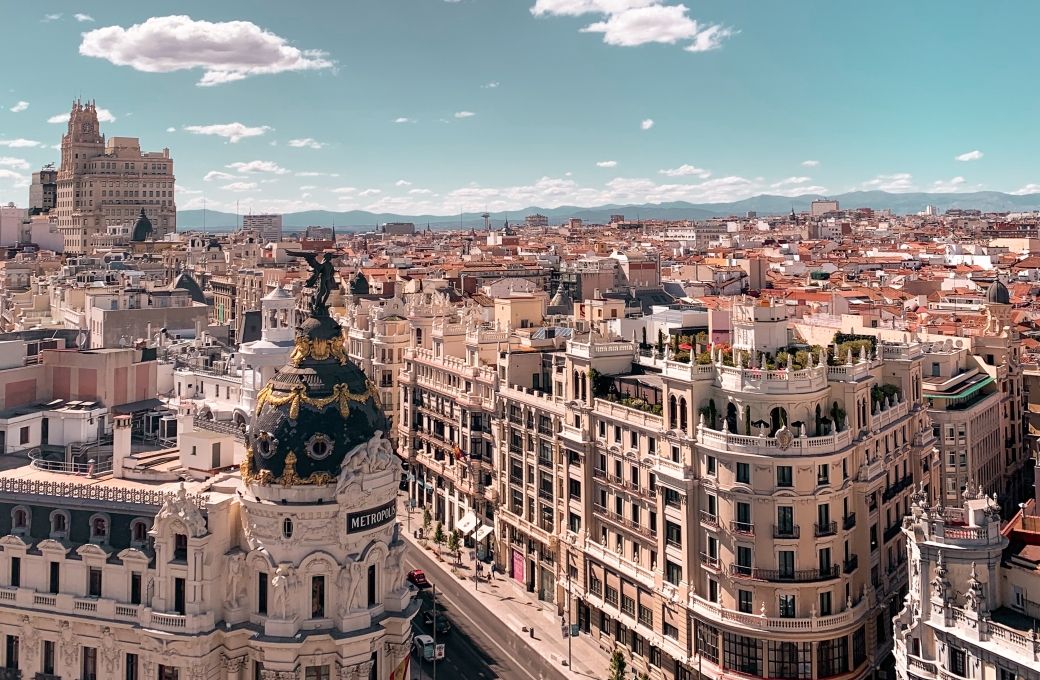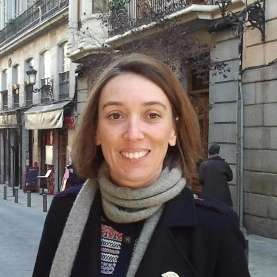Madrid has a calendar full of events to keep the classical music fan entertained. After enjoying a excellent concert, Madrileños typically enjoy finishing off a wonderful evening with friends, with a beer and tapas in a local bar before a pleasant walk home.

Opera-goers eagerly await anything that happens at the Teatro Real. Led by artistic director Ivor Bolton, it has a packed season of events, including its own productions, productions from other houses and some premieres. Tickets for each production go on sale a few weeks before the performance. It’s essential to plan as many of the productions sell out on the day they go on sale, especially the more affordable ones. If the opera doesn’t finish too late (presumably it wasn’t one by Wagner), you can wander the narrow avenues of Madrid de los Austrias and stop by Taberna la Cruzada for some relaxing drinks and tapas. Alternatively, head up to Calle Santiago, where you can enjoy a more formal dinner partnered with an exceptional wine list at Taberneros. Perhaps you’ll want to explore the area during the day and wander along the winding streets, where you’ll find guitar workshops and luthiers as well as shops which sell sheet music and records. You might also come across the Queen Sofia College of Music, where their outstanding students hold free concerts (these are very popular, so be ready to queue).
Another important venue for musical theatre is the Teatro de la Zarzuela, which focuses on this quintessentially Spanish genre. Most of their productions are in-house, the remainder being co-productions with other Spanish theatres. They usually perform zarzuelas from the 19th and beginning of the 20th centuries, the zarzuela’s golden age, and occasionally perform some pearl of the Spanish baroque. The theatre’s interior is charming and is not overly large, with seating for 1,200 and perfect visibility for at least 85% of those. Other than zarzuelas, you’ll also find Lieder and performances from the Spanish National Dance Company.
The streets around the theatre are quiet without many places to eat or drink, so the most practical option is to go to Los Pinchitos, a modest bar which welcomes those who work at the theatre and in offices in the area, and which serves one of the most authentic churros and chocolate to be found in Madrid. At the far end of the street is the innovative and sophisticated Kirei, which serves high end Japanese cuisine. Halfway between both is one of my favourite places in Madrid, Lamucca de Prado, relaxed, spacious, and bright; their menu ranges from homemade pizzas to traditional stews and from succulent wines to the best gin and tonics.
The musical hub of Madrid is the Auditorio Nacional, which opened in 1988, making it a lot younger than the venues above. Its two halls, one for symphonies and the other for chamber music, have exceptional acoustics. Home to the Spanish National Orchestra, it also brings in events from other promoters such as Ibermúsica, Scherzo, La Filarmónica, Excellentia and CNDM, holding concerts nearly every day. The Spanish National Orchestra performs on Fridays, Saturdays and Sundays, and tickets are easy to come by throughout the season. If you decide at the last minute that you want to go to see them and you’re under 30, from half an hour before the concert, you can buy a ticket for just 1€ (providing you show your ID). Unlike most the venues I’ve mentioned above, which are in the historic centre, the Auditorio Nacional is situated in a residential area with offices, which can seem, for many, a bit grey. The Fundación Juan March arts centre is also in the north of Madrid. They put on excellent exhibitions and various concerts throughout the year, either free or at very affordable prices.
The Reina Sofía Museum is located In a much more lively area. It used to be part of a hospital complex along with the Hospital San Carlos, which is now Madrid’s Royal Conservatoire (Real Conservatorio Superior de Música), which is why the backstreets in the Lavapiés neighbourhood are named after doctors. In the Jean Nouvel extension, there is an auditorium which holds contemporary and avant-garde music concerts. Don’t miss out on visiting the main bar on the lower floor: sitting in the middle of such impressive architecture is a truly unique experience. Again, here you can lose yourself amongst the neighbourhood’s streets where both locals and visitors mingle, and where you’ll find everything from Senegalese restaurants to Andalucian tabernas. The closest place to the museum is La Caña, offering a tasty range of tapas and wines.
Evidently, music is not the central focus of the museum, but rather the contemporary arts. It’s where you’ll find Guernica, along with other important works by Picasso, Dalí, Juan Gris and Saura, Lucio Muñoz’s impressive sculpture and Julio González’s highly personal work. Before going on to see more painted masterpieces at the Prado Museum, take a short break at the Botanical Gardens, a small, tranquil oasis where you can observe plants from all over the world as well as the must-see collection of bonsai trees, started and later donated by former president Felipe González. The Prado Museum needs little introduction, since it is one of the most famous galleries in the world, where you can see Goya’s and Velázquez’s most well-known pieces. Don’t forget to take some time to appreciate Las Meninas (as years ago it was placed in a small room) or go and see Goya’s self-portrait. If you love music in all its forms, you’ll also find a selection of paintings of musical instruments.
You can also find entertaining concerts in beautiful churches and palaces in Madrid. Spain’s National Heritage institution looks after all of the many buildings across the country that belong to the Crown and organises concerts in some of them. One of these buildings, although they don’t hold concerts, is closely linked to music: the Convents of Las Descalzas Reales, founded in 1559 by Joanna of Austria, the sister of Philip II. The composer Tomás Luis de Victoria worked there from 1587 until his death in 1611. Although his tomb has never been found, the nuns there think they know where the body was put to rest. The cloistered convent has limited visiting times, and today there are still 20 nuns who live there. Visiting the convent is a welcome contrast to the fast-paced life surrounding it, since it is situated in the heart of the city. You can also visit the museum, whose attraction is a set of tapestries with Rubens’ paintings, which can be seen at the Prado Museum.
Like most large European cities, the best way to get around is by metro. However, if you stay in the centre you may not need it; everything is situated quite close together, most streets are pedestrianised and as I mentioned earlier, strolling through Madrid is one of the most enjoyable things to do!
Translated from Spanish by Melanie Webb.


